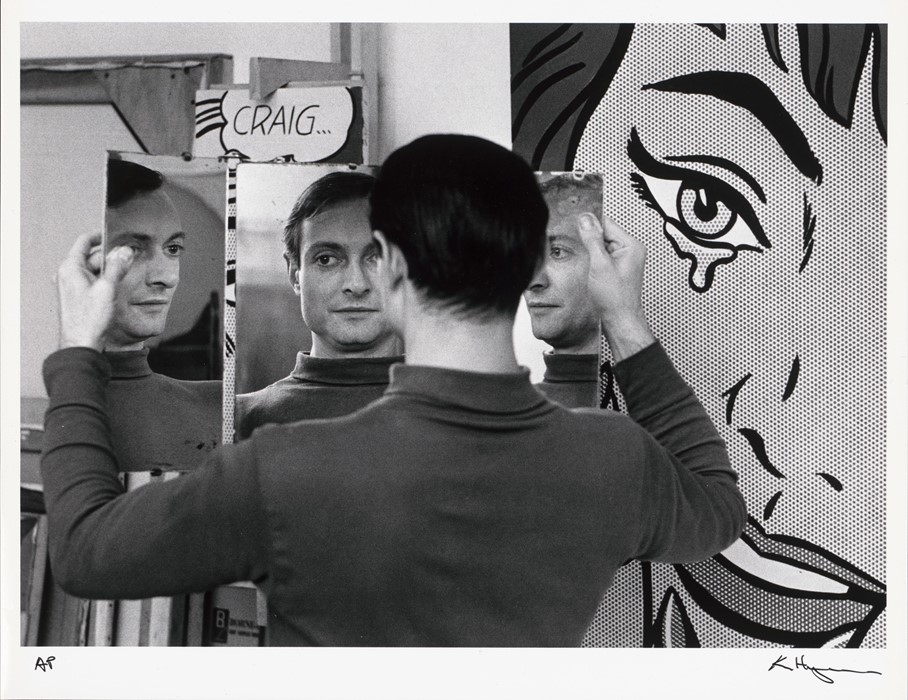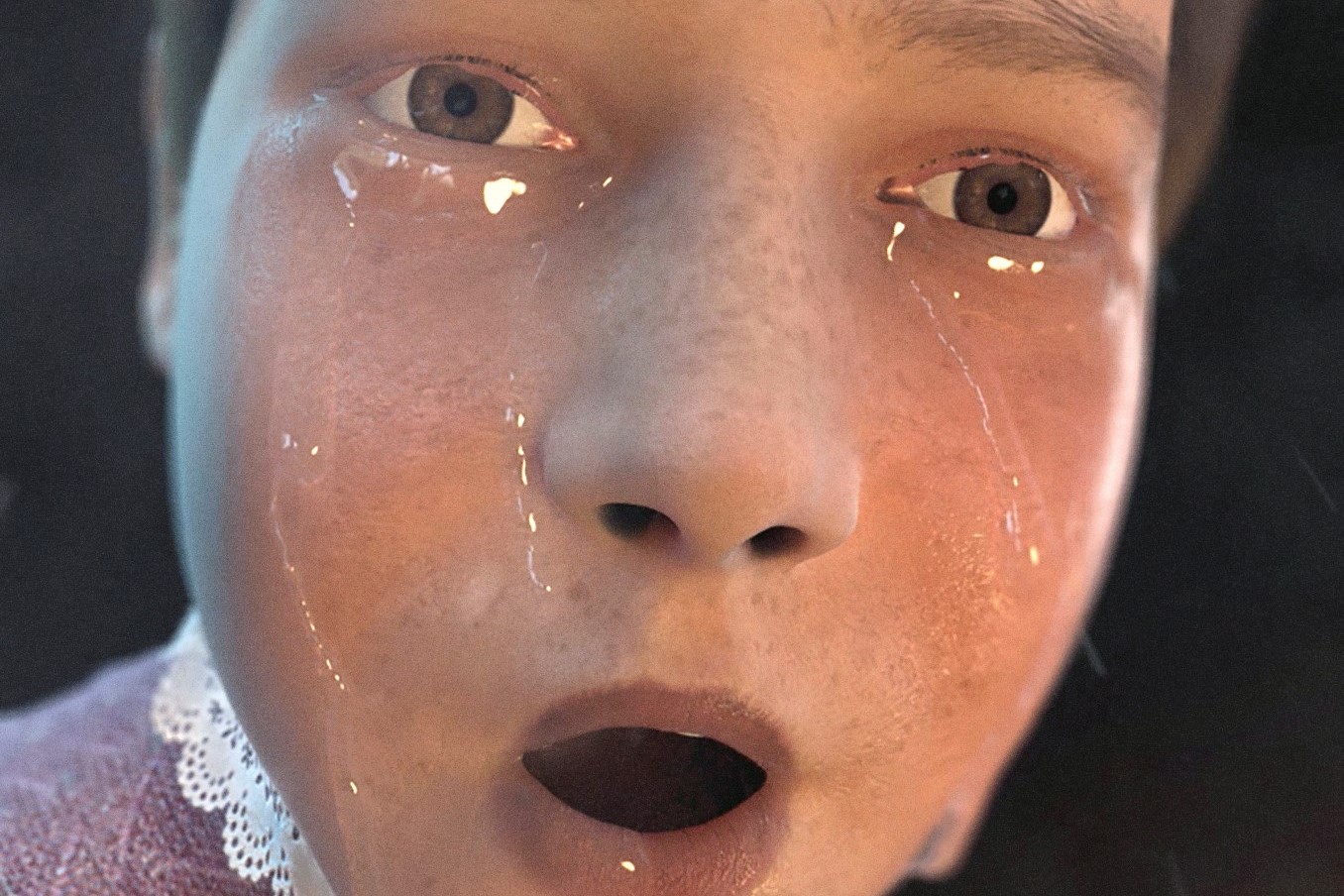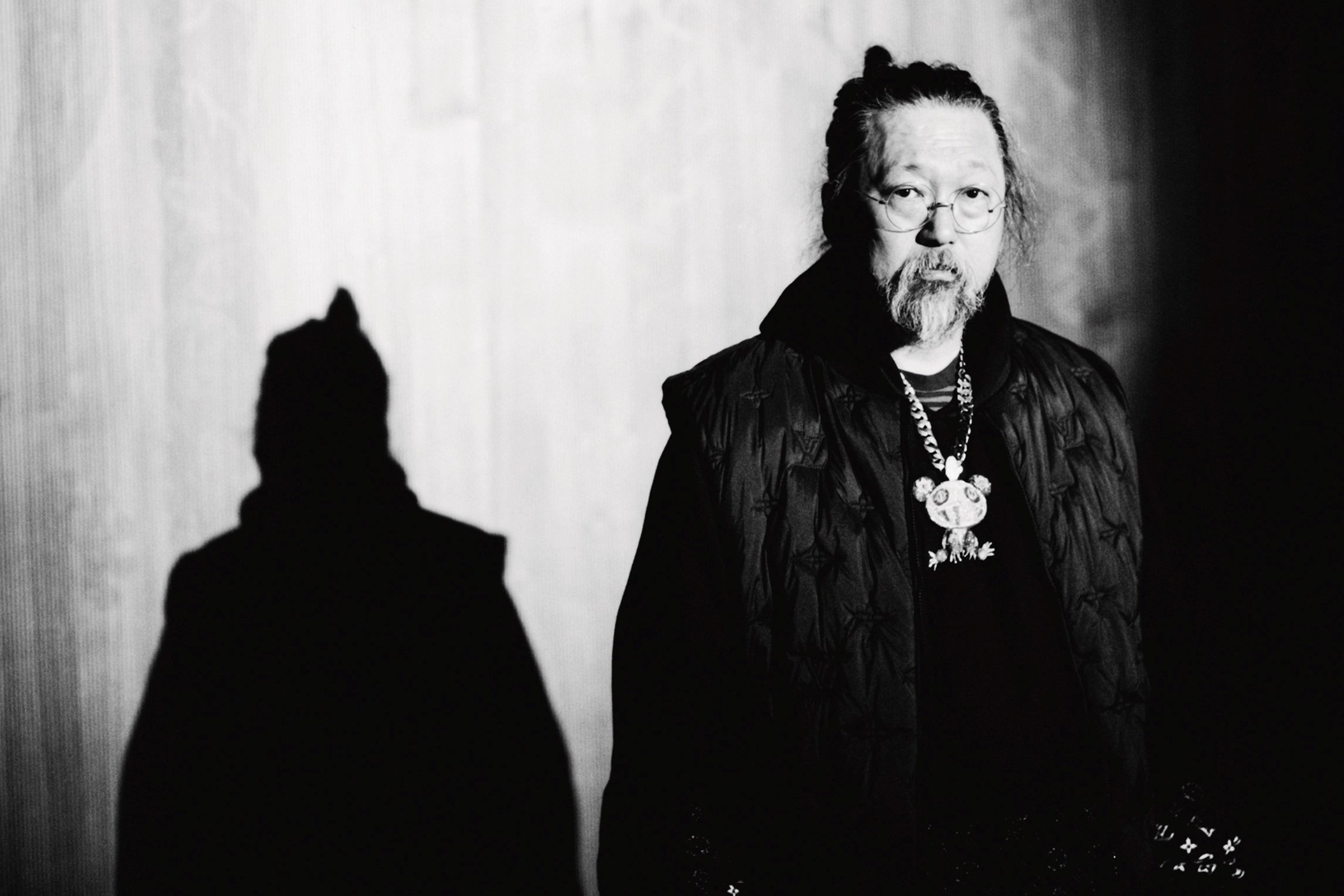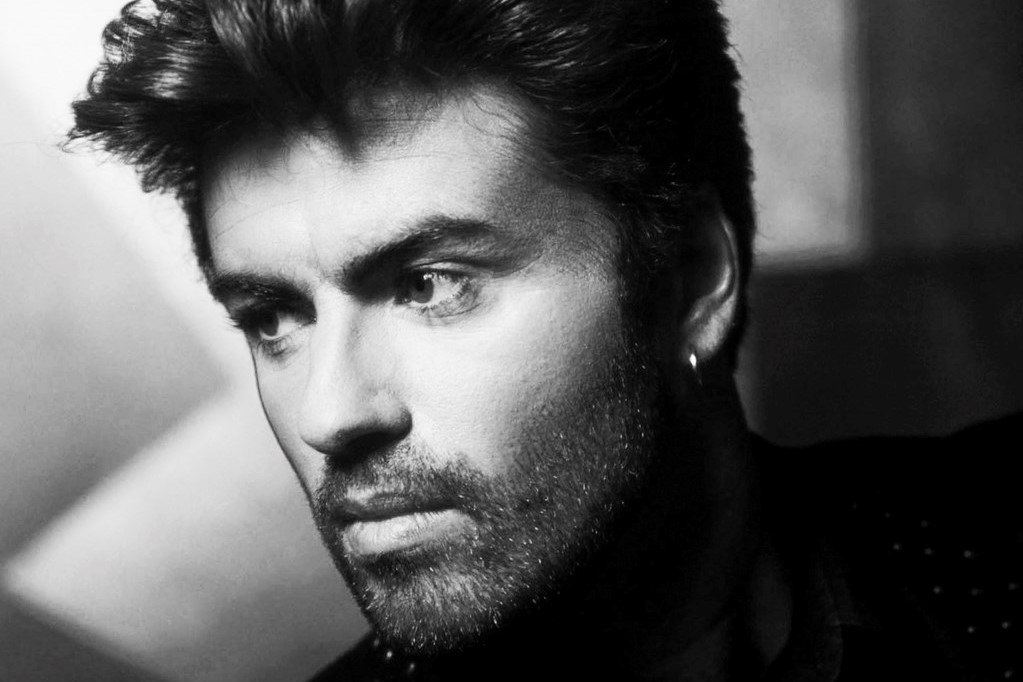A new exhibition in Berlin explores the artist as cultural phenomenon
Artists have long enjoyed celebrity status in certain circles – and over the course of the 20th century, many saw new attention paid to the clothes they wore, the lifestyle they lived, and the entourage they surrounded themselves with. Now the Musuem für Fotografie in Berlin’s new exhibition, entitled Artist Complex – Photographic Portraits from Baselitz to Warhol, takes a look at precisely this transformation – of artists into visual phenomena. It features over 180 portraits taken between 1917 and 2000, during which period the selfie was but a distant notion. Nonetheless, these artists knew exactly how to compose not only their work, but also their public image. Here we take a closer look at how seven of the exhibition’s most famous faces chose to be captured, by the eminent image-makers of their respective eras.
1. Roy Lichtenstein, by Ken Heyman
It’s oddly reminiscent of the American artist’s comic strips – and this peculiar portrait of Roy Lichtenstein is at least as precisely put together as his now iconic work, evoking themes such as his tireless exploration of Surrealism, storytelling and irony. Here, while Ken Heyman captures him not once but four times, Lichtenstein himself never fully faces the viewer. This image was taken during the booming 1960s, some of the most formative years of Lichtenstein’s career; in this picture, he seems to position himself as one of the Pop Art’s most vital original thinkers, gazing as he does into the depths of a surface we, the onlooker, can’t even see.
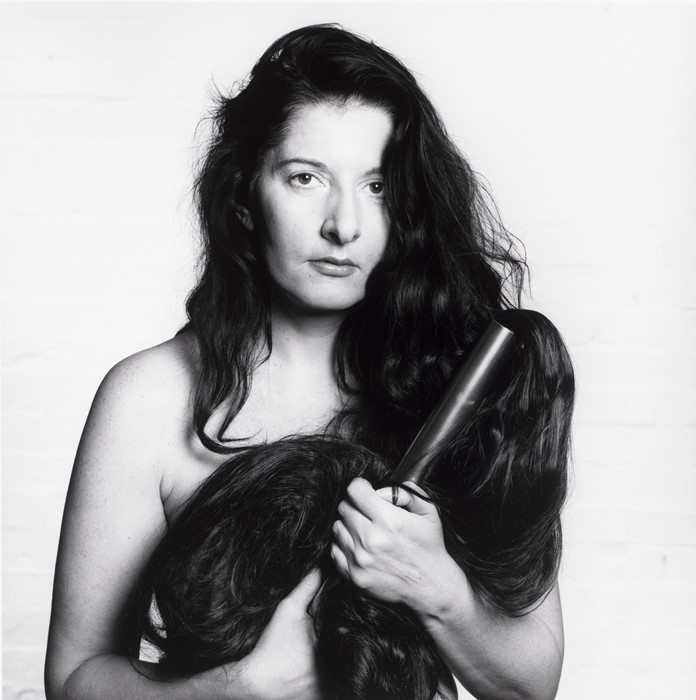
2. Marina Abramović, by Thomas Adel
Wearing nothing but her characteristically challenging expression, Marina Abramović seems to demand a response from her viewer in this 1994 portrait, hair-whip at the ready. Never one to shy away from nudity or provocation, the Serbian performance artist – and photographer Thomas Adel – prominently sets herself against a plain background in order that nothing distract from the notion which so often sits at the centre of her performances: of the artist as artwork. Cloaked in this sense of intimacy, with this portrait the pair meticulously accentuate the importance of the artist herself in her powerful work.
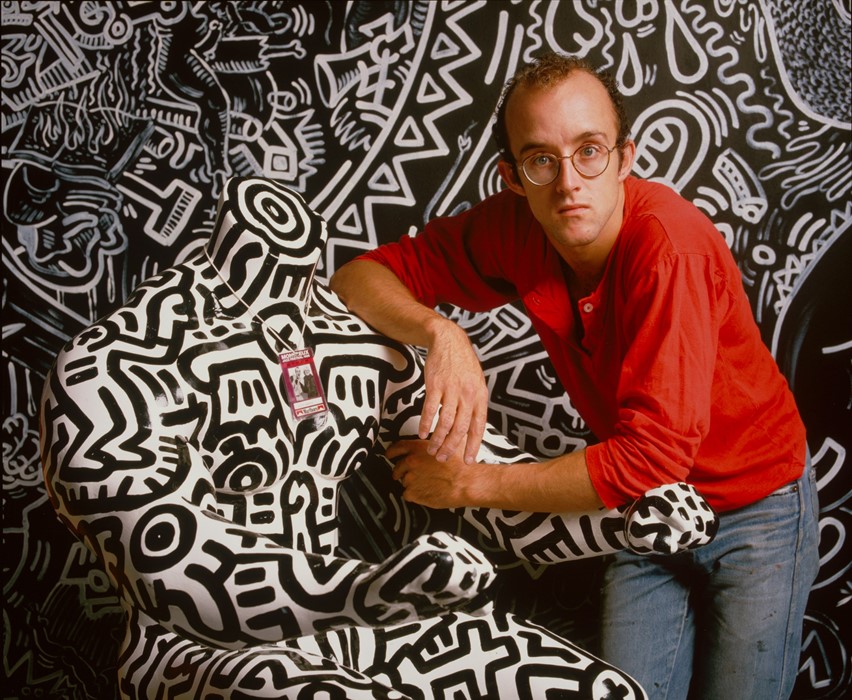
3. Keith Haring, by Wolfgang Wesener
A bright red splash of colour against the black and white backdrop of his work, Keith Haring has rarely been one to mix with the masses – either in life, or in this portrait. Here, the American artist casually leans against one of his sculptures, their bodies roughly the same size save for the artwork’s missing head, while his deadpan look reveals itself to be a point of calm in the restless surroundings. It’s an image that seems almost to mirror the New York art scene of the 80s – with Haring consciously captured at the very centre of the hype.
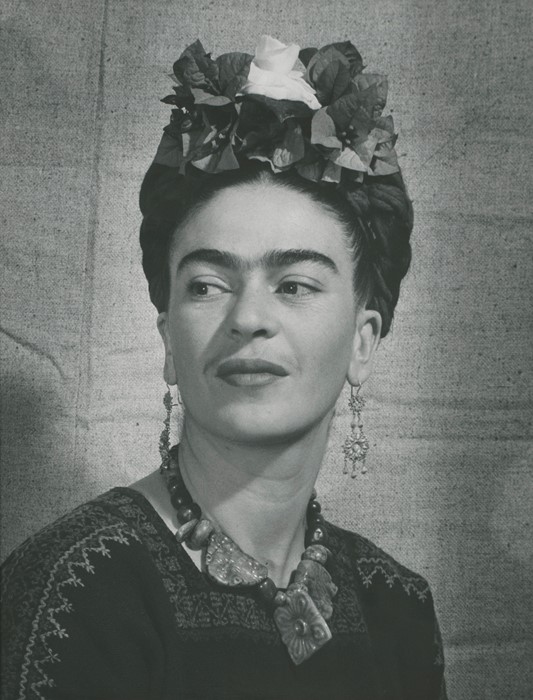
4. Frida Kahlo, by Bernard Silberstein
She was to become synonymous with the powerful self-portraits, layered with Surrealist references, that she painted throughout her career – and here, thought not actively in control of the shutter, Kahlo nonetheless injects her sense of selfhood into the frame. This shot was captured at home in Coyoacán, Mexico, which became as much a work of art as the canvases that filled it. While not much of the Casa Azul itself is visible, Kahlo and her clothes infer greater significance; her carefully selected traditional Mexican garments and accessories pay tribute to the artist’s deep connection to her home country and its heritage, and went on to play a crucial role in her artistic legacy.
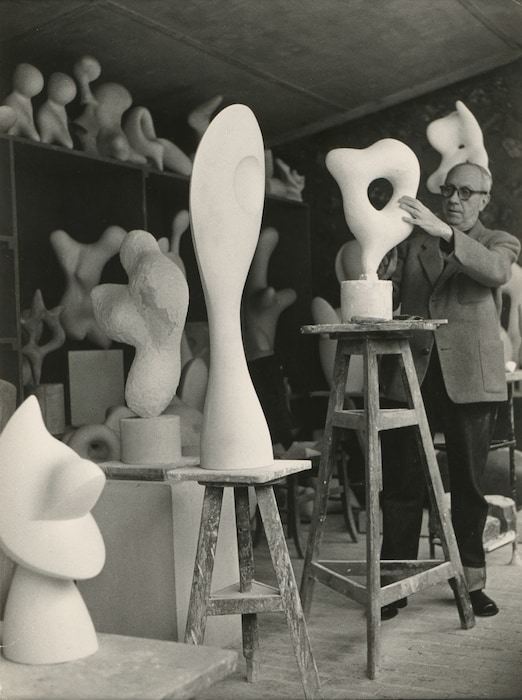
5. Jean Arp, by Pablo Volta
Neatly nestled into his workroom, artist Jean Arp almost effortlessly blends in with his serene sculptures in this calm shot. He is positioned, whether independently or by his photographer, Pablo Volta, in the background – a deft direction which allowed him to assume the role of the exemplary artist: precisely put together, focused on his work, and utterly fulfilled by creativity.
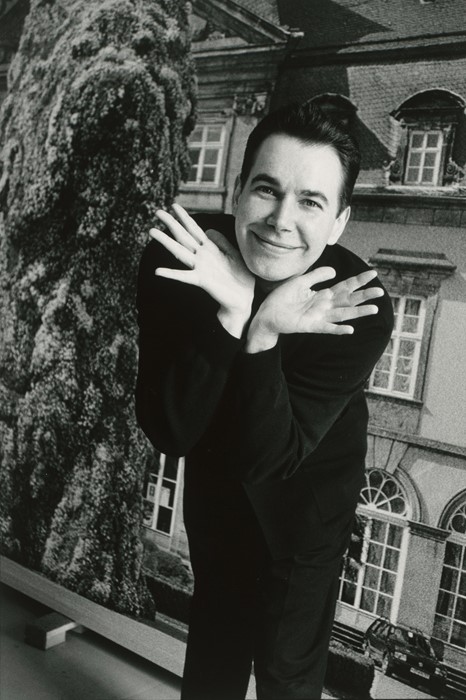
6. Jeff Koons, by Vera Isler
Given the tongue-in-cheek nature of his work, it’s no surprise that American artist Jeff Koons is pictured here projecting the same exuberant joy that his emphatic pieces so often evoke. Nonetheless, there is a sinister undertone at play too; standing as the subject in front of trompe l’oeil wallpaper, both Koons and Vera Isler playfully use this portrait to challenge the viewer. “Look beneath the surface,” they seem to coax, cannily.
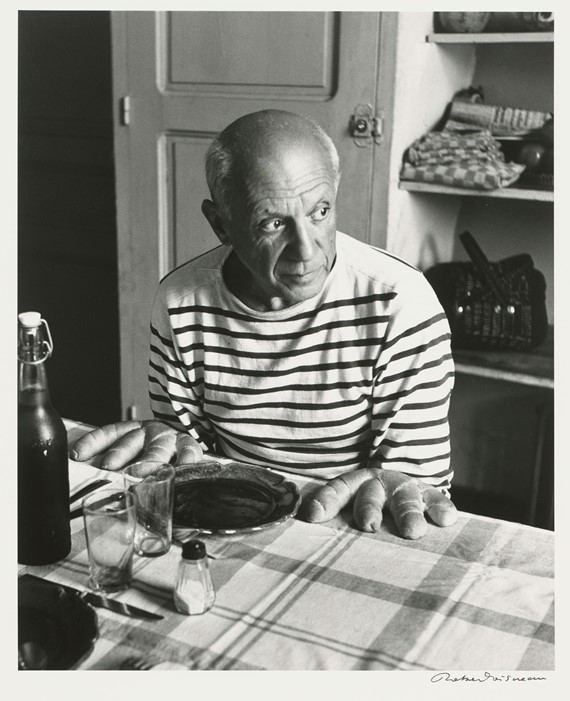
7. Pablo Picasso, by Robert Doisneau
While a decidedly comic approach may not be distinctive of Picasso’s work, it certainly is of this portrait. Perfectly immortalised by Robert Doisneau, the Spanish painter, who is predominantly photographed wearing a striped shirt and a pensive expression, uses this sitting to consciously counter any serious preconceptions with a layer of humour. Despite the photo’s strikingly static composition – all diagonal lines, from the tablecloth and Picasso’s jumper to the shelves in the back, are perfectly positioned in parallel – there is nothing stiff about the visual prank the artist plays on the viewer, mischievously placing bread rolls resembling fingers next to his plate in the place of his own hands.
Artist Complex – Photographic Portraits from Baselitz to Warhol runs until October 7, 2018 at the Museum für Fotografie, Berlin.
